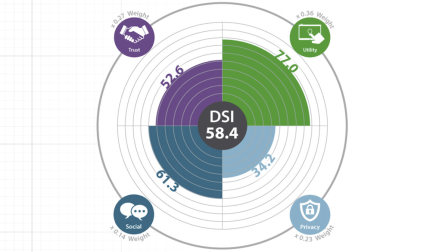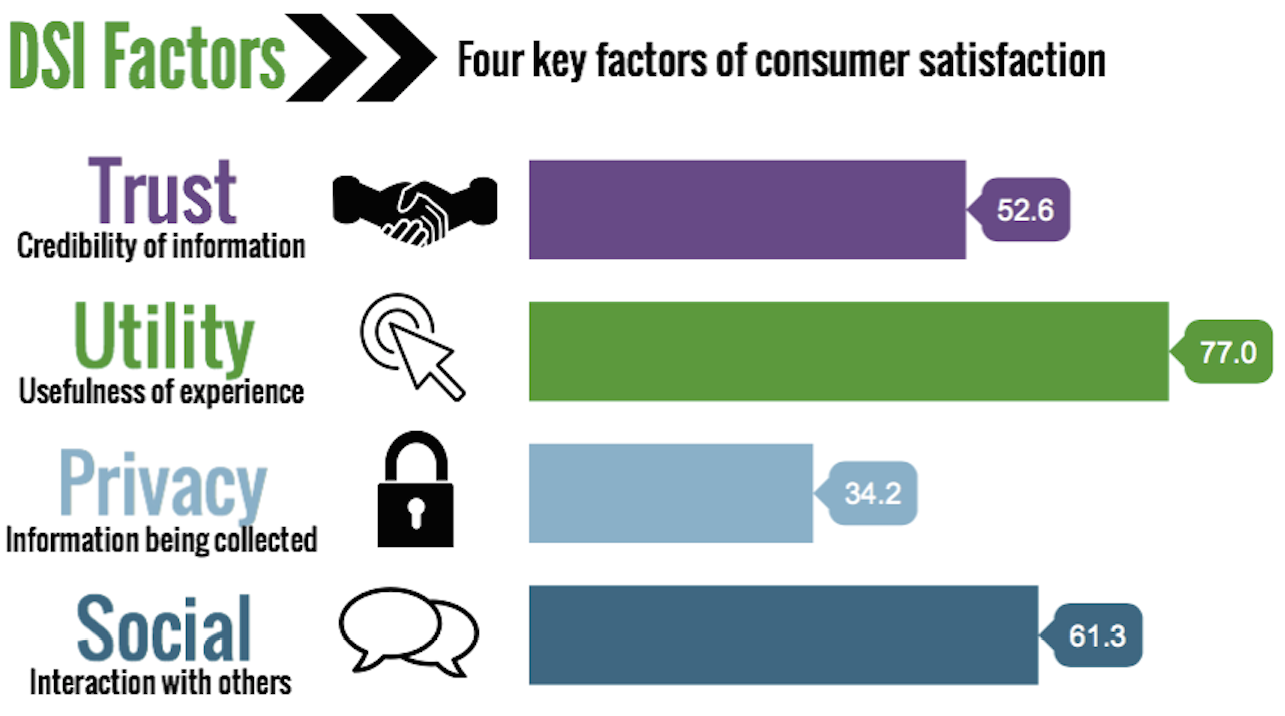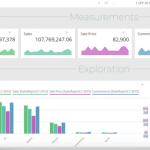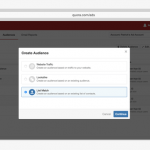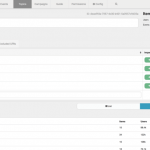The Intent Lab opens and issues its first Digital Satisfaction Index
A research partnership between Northwestern University and Publicis’ Performics, the Lab intends for the Index to become a standard.
The key to understanding users’ digital behavior is intent.
That’s the idea behind the new Intent Lab, announced this week as a research partnership between Northwestern University’s Medill School of Journalism, Media and Integrated Communications and Performics, the Chicago-based performance marketing arm of ad/PR firm Publicis.
Along with its launch, the Lab — based near Chicago at Northwestern — is also unveiling its first Digital Satisfaction Index (DSI), a quarterly report on consumer attitudes about online marketing.
The Index was assembled from in-person interviews this past spring with more than 3,000 online users in the US and UK. Users in Germany and China will be added in upcoming editions. Among other findings, the first Index points out the pressing need for brands to improve users’ sense of privacy and trust.
The Lab’s intention — as it were — is for the DSI to become a new industry standard “for understanding brands’ ability to harness the power of digital marketing to make meaningful and relevant connections with consumers.” Performics CEO Michael Kahn told me the partnering organizations’ model is the Consumer Sentiment Index, issued regularly by the University of Michigan.
Performics is funding the Lab for at least three years. In addition to the DSI report, the partnership will conduct custom research for brands about why consumers make the choices they do. The Lab has decided that intent is “a more important factor than awareness, consideration or engagement” in understanding users’ online activities, because you can get to the reason behind someone’s behavior.
So, why measure satisfaction if the Lab is oriented around intent?
Kahn said that satisfaction measures whether a user’s intent was successfully completed. If a user intends to buy a book online, customer satisfaction is a measure of how happy they are with that act of purchasing. Intent is the reason behind an online user’s behavior, while satisfaction measures the resulting experience.
“The higher the satisfaction,” Kahn said, “the greater the opportunity to go forward with intent. More satisfied customers are more likely to turn intent into action.”
The Digital Satisfaction Index focuses on four main dimensions — Trust, Utility, Social and Privacy — in the retail, financial services, travel and household goods industries.
A key takeaway for brands from this DSI report is that, while users in general are fairly satisfied with the usefulness of their online behavior, their experiences are being pulled down by their negative feelings about online Trust and Privacy.
The report found, for instance, that the average DSI score in the US was 58.4, which Kahn characterized as a grade of D.
Americans are reasonably happy with Utility, which measures the usefulness of websites and apps, as indicated by a score of 77 in that category, and Social — engaging with others online — netted a 61.3.
But the 42.6 score for Trust (the credibility of online information), and especially the 34.2 score for Privacy pulled the overall score down.
Users in the UK have a somewhat overall higher score of 65.6. Although the Utility score was close to the US’s (77.4), British users scored privacy higher, at 42.2, while judging privacy about 40 percent less important than American users.
In a statement, Kahn said:
“American consumers are clear about the importance of efficiency and convenience online, and those brands, platforms, apps and websites that prioritize ease of access to information as part of the user experience will drive positive consumer digital satisfaction.”
“However, compared to the UK, where there is a stronger expectation of online privacy driven by government legislation, US brands are lagging when it comes to making consumers feel comfortable with their information-gathering practices. It will be interesting to see how the UK DSI changes, once Brexit moves forward, since some regulations protecting UK consumer privacy online [are] tied to the European Union.”
In addition to the US–UK differences over trust/privacy, another key finding is a curious division among generations.
For instance, overall satisfaction is lowest among the oldest age groups of 64–75 and 75+. That is to be expected, since many of those older users encounter frustrations with unfamiliar technology.
But satisfaction is equally low among the youngest age group of 18–24. The report observes that expectations are higher among younger users, who grew up with these technologies, and they’re harder to please. At the same time, they’re “comfortable sharing their lives online and are aware brands are collecting their data,” so they are less concerned about privacy and those scores are higher.
The most satisfied: Baby Boomers, aged 55–64, with an average score of 61.
Marketing Land – Internet Marketing News, Strategies & Tips
(47)

